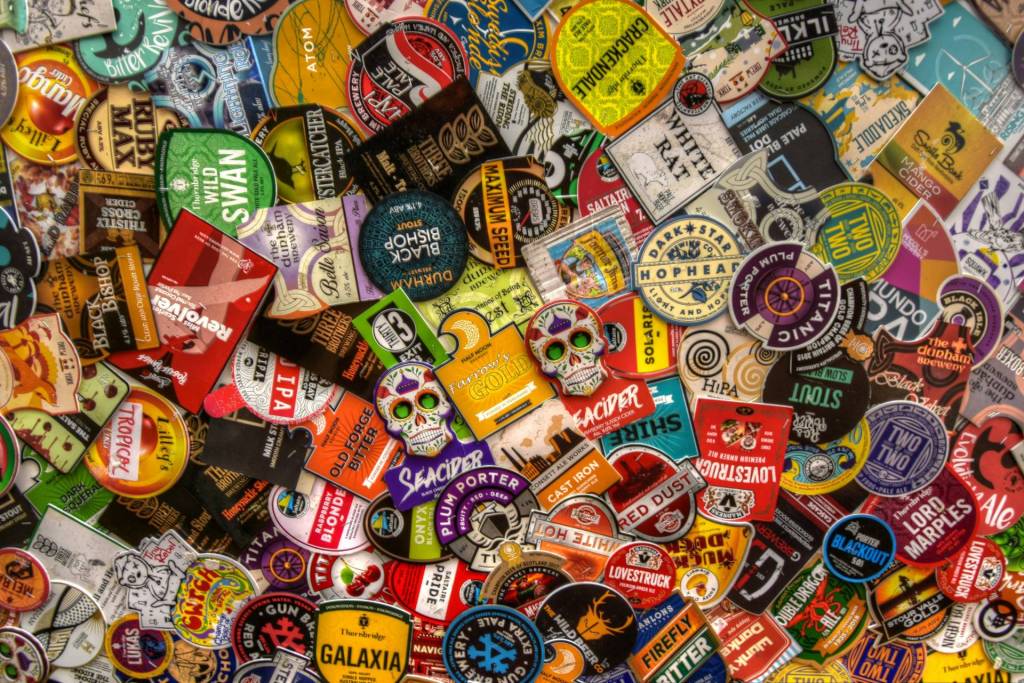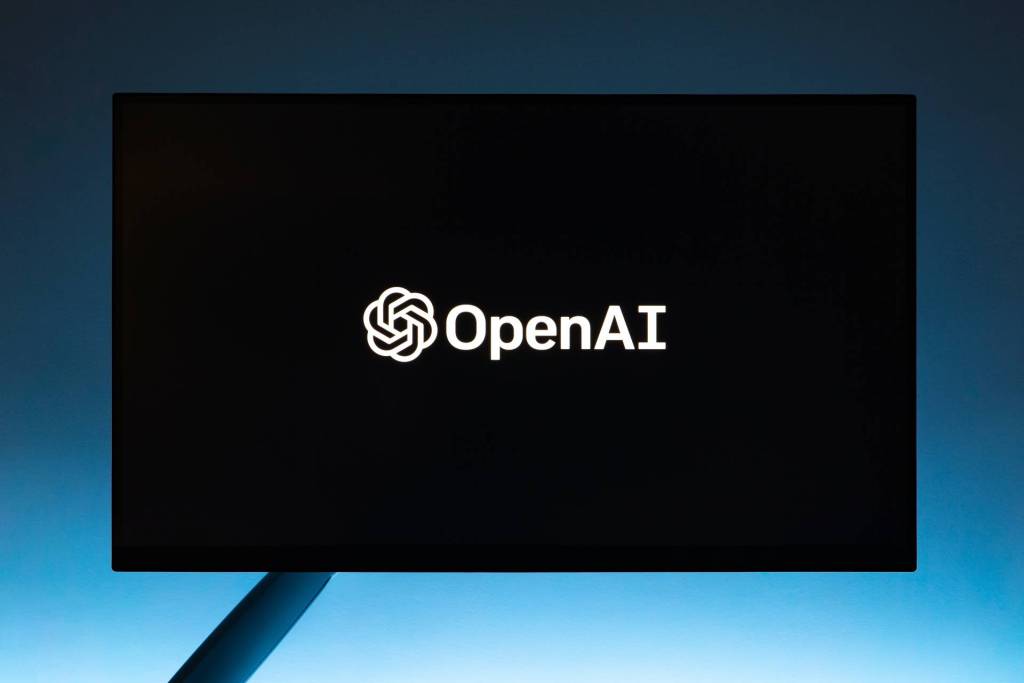 Nobody — especially the private sector and government sector — knows how to do more with nothing as well as a nonprofit organization. Stakeholders understandably want costs to be kept in check, yet enacting change in whatever field you’re dedicated to can be a long and expensive process. Resources can still be hard to come by even if you’re relatively well-funded, too. Fortunately, technology can help your nonprofit discover the next great idea that can make a difference.
Nobody — especially the private sector and government sector — knows how to do more with nothing as well as a nonprofit organization. Stakeholders understandably want costs to be kept in check, yet enacting change in whatever field you’re dedicated to can be a long and expensive process. Resources can still be hard to come by even if you’re relatively well-funded, too. Fortunately, technology can help your nonprofit discover the next great idea that can make a difference.
Inspired by Technology
There are a number of unique technologies out there that can inspire your organization. Some of these are brilliant ideas that help bring like-minded people together. Others are so simple, yet elegant, that you’ll wonder why nobody thought of it sooner.
Take a look at these five examples of technology doing good to see what types of solutions your organization might be able to come up with:
- Charity Miles
As a society, we’ve become obsessed with tracking our fitness. From phone-based running apps to fitness tracking watches, we like to look at our progress and reach our daily goals.
Gamification is a great way to encourage people to get in shape. As the Charity Miles app proves, it’s also a great way to raise funds while people are working out.
With this app, walking, running or bicycling leads to a donation for every mile covered. Before the workout, users choose which charity they want the money to go to. There’s also a social element, as runners and bicyclists can share their results via social media.
Combining fitness — which many people were partaking in anyway — with a good cause is undoubtedly a smart idea.
- Freerice
This brilliant little game has been around for almost a decade. Despite its age, Freerice is still worthy of admiration.
The concept is simple — answer multiple-choice questions in a variety of subjects. For every ten questions a player gets right, 10 grains of rice are donated by the World Food Programme to people in need. Obviously, ten grains of rice is very little in the scheme of things. The sheer popularity of this simple quiz game, however, has led to almost 100 billion grains of rice being donated.
What makes this so effective? For one, people love helping out when it isn’t especially demanding. That’s not a knock against stakeholders, either. People lead busy lives and are constantly being solicited for their time and money — or a combination of the two.
Freerice is satisfying on an intellectual level, as people like testing their knowledge, but it’s even more satisfying emotionally. It feels good to help — even if you’re doing so by performing algebra or answering what the capital of Nepal is.
- Software for Improving Communication
Communication is everything when you’re a boots-on-the-ground nonprofit working in challenging circumstances. To help ensure people receive the assistance they need and that there’s no miscommunication, specialized software is used. Some programs, for instance, work to prevent medical dispatchers from making errors.
During slow times and in the office, communication is also important. There are a number of internal communication programs that ensure everyone is on the same page.
- The Internet of Things
The Internet of Things (IoT) isn’t one specific product, but rather, it’s a vast array of technology that can greatly impact how nonprofits operate. In short, IoT is the networking of physical devices to the Internet, like smart homes, smart cars, etc. This industry is growing at a rapid pace, with an expected 50 billion connected devices by 2020.
What does this mean for nonprofits? From strictly a consumer device perspective, this is another dimension for marketing. As Nonprofit Tech for Good explains, someone could be listening to a radio during a pledge drive and make a donation through voice recognition. Someone could also be watching a news story on TV about a natural disaster and be prompted to easily donate to the cause via their smartphone or tablet.
The technology goes beyond TVs and cars, however. Smart technology is being used collect invaluable data that can help nonprofits achieve their missions.
It’s still a developing technology, but it shows a lot of promise.
- iRecycle
Nonprofits struggle with making it as easily as humanly possible to get people to help their mission. Earth 911, an advocacy group dedicated to promoting recycling, responded to this dilemma with their iRecycle app. This simple app points users to the nearest recycling centers in their area to ensure people’s waste is disposed of properly.
Just type in what kind of object you want to recycle — from an old computer to aluminum cans — and the app brings up all the locations that accept the waste. This app shows that a good idea doesn’t have to be overly complex or bogged down with extensive features. All it has to do is easily fulfill a need.
The Next Great Idea
Great ideas don’t come out of anywhere. Instead, they come from personal experience and knowledge about a subject. Keep an eye on the latest technology being used both by nonprofit and private sectors. Build on what’s useful and throw out the rest as you use technology to strengthen your nonprofit’s mission.













